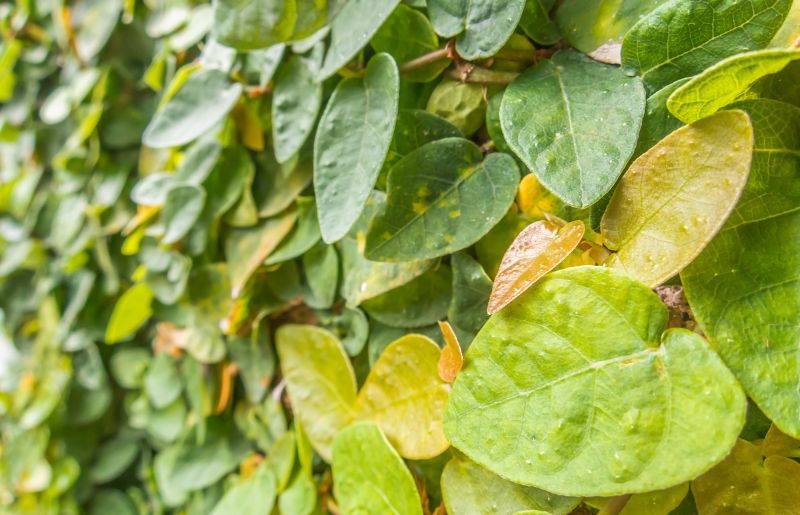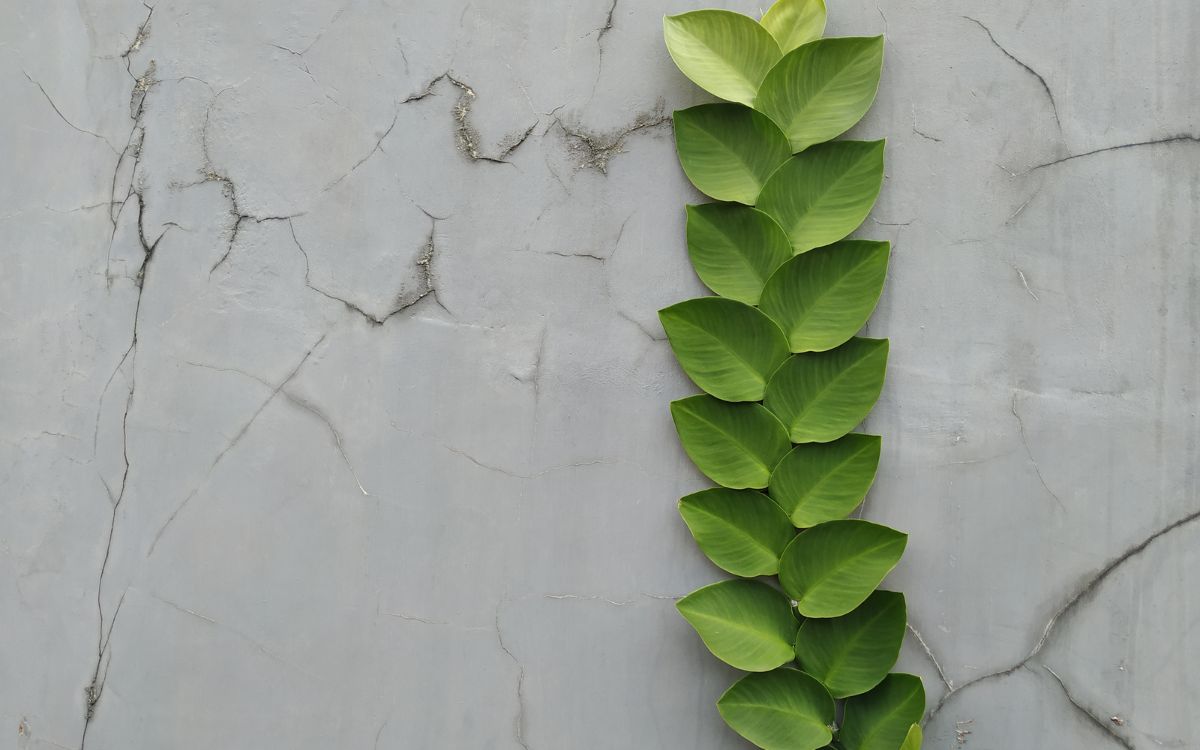Shingle plants are beautiful plants that are becoming very popular among plant lovers. The foliage of these plants appears to be artificial because of their tight and flat supporting face. These plants, when on the ground, grow horizontally unless a plank or a pole supports them.
So, if you are looking for information about caring for your Shingle plants, you are right. Here we will provide all the necessary information about taking care of your Shingle plants. We hope this will be of help to you. Well, then, let’s get started.
About Shingle Plant
Shingle Plants are the type of plants that sprouts ariel roots while digging their roots into whatever they are climbing on. This is how the plant is staking itself and maintaining a firm grip. These plants may seem rare but are pretty standard and goes by the name Rhaphidoraphora Hayi.
Is Shingle Plant Poisonous?
These plants are poisonous and will cause a burning and tingling sensation in the mouth and the digestive system. They are not toxic on touch but must be kept out of reach of pets and children. Adults will also face the same issue if they eat the plant’s leaves.
Are your Cosmos not flowering? You need to read Why Aren’t My Cosmos Flowering?
How To Grow Shingle Plant?

Shingle Plants grow best when they are grown outside. Their growth is cut short when they are grown indoors. This is because the indoor growth of Shingle depends on the moss pole.
While growing the plant, you need to ensure that they have moist soil and are kept in a highly humid place. These plants also need bright and indirect light to thrive properly.
These plants don’t need many fertilizers. You need to make sure that you water them appropriately.
How To Propagate Shingle Plant?
The steps to propagate Shingle plants are pretty straightforward. Here are the steps that you can follow to propagate them.
- Find a healthy shingle plant and locate a branch with two or three healthy leaves.
- Now, cut a node that is close to the stem. Make sure that you are cutting below the node. This is because the node will help the plant to grow with ease.
- After that, fill up a clean water bottle with water and put the stem inside that. Also, be sure that the lower part of the stem is touching the water. If any leaves touch the water, then remove them.
- Keep it separate for a few days, and the roots will start growing.
- Make a proper mix of soil in a pot and place the rooted cutting in it. Also, be gentle while doing so, as there is a chance that the roots may break during the process if not done correctly.
Watering it properly will ensure its growth. Though they don’t need fertilizers, adding a bit of organic liquid fertilizer would be great when they have grown a bit.
How Often To Water Shingle Plant?
Shingle plants need a lot of water during warmer seasons. During the spring and summer seasons, water them three times a week. You could also water them every day, but they are likely to get root rot.
Also, following the one-inch rule would be ideal here. This rule is about checking the top inch of the soil before watering them. If the top inch of the soil is moist, don’t water it. Only water the plant when it feels dry. Also, there is a chance that they might turn yellow. Don’t water them during this time, as it is a sign of overwatering.
Do Shingle Plant Need A Lot Of Sun Light?
These are the type of plants that don’t love direct sunlight. Other vines might love direct sunlight, but these plants die when kept in direct sunlight. These plants form a habitat with a lot of indirect light, like in rainforests. So, keeping them in indirect light would be the right choice here.
You can place them near an east-facing window, around 2-3 feet away. This will ensure that they receive the amount of light necessary for them. Artificial light also works for them, so you can try that to care for shingle plants.
How To Repot Shingle Plant?
These plants don’t need regular repotting, but you can repot them every 2-3 years. Here is how you can repot them.
- Start by removing the root from the soil. Be gentle while doing so, or else the roots can break.
- Choose a pot that is a bit bigger than the last pot. Also, be sure to prepare the pot in advance.
- Add the plant to the pot gently and if you have a moss pole, place that too.
- Tie or wrap the plant around the moss pole. Be gentle, or the vine might break.
You can also gently rinse the roots with water before transferring them to the new pot. This will help in removing any dirt or unwanted material from the roots.
So, which pots are the best for plants, Terracotta or Concrete? If you want to know about that, you need to read Terracotta vs. Concrete Pots for Plants (WHICH to Choose?).
Wrap Up
And that is all that there is about growing shingle plants. Shingle plants are perfect for covering indoor walls and rooms. The greenish foliage of these plants adds color to the room.
These plants need a bit of care and regular watering for them to thrive. Shingle plants are easy to propagate as well. Just be sure to keep them away from the reach of children or pets, as they are poisonous when consumed. I hope this helps you to care for Shingle plants.

Leave a Reply